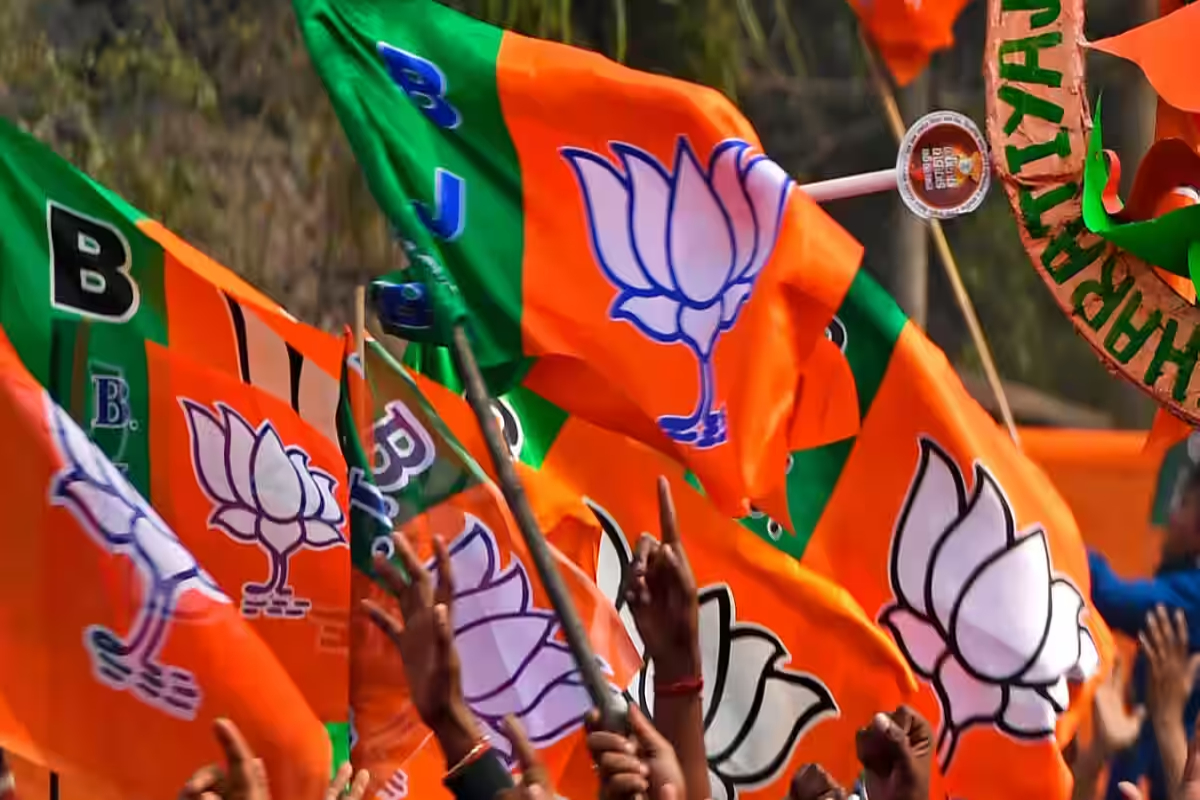Parties blame each other for sporadic violence in N Bengal
The Election Commission received over 100 complaints of violence and intimidation from three Lok Sabha segments, Cooch Behar, Alipurduar and Jalpaiguri.
The former chief minister, a former State BJP President, and six-time MLA Jagdish Shetter tops the list of migrants. The BJP attempted damage control by offering him the post of governor or a central minister, but he rejected it to contest on a Congress ticket.

[Representational Photo]
Party hopping in Karnataka is reaching its peak before the May 10 Assembly polls. The ruling BJP has become vulnerable to rebels and turncoats this time. As a result, some influential BJP leaders have migrated to Congress and other parties.
The erosion is due to BJP’s calculated decision to purge older candidates for younger and new faces. Veterans are miffed over their non-inclusion in the candidate lists. Also, those who could sense they would not get a ticket and those who could gauge the public’s mood against the party have defected. Last week, the BJP fielded 52 new candidates and retained 90 sitting MLAs, including 11 from the Congress and J.D.(S) who had crossed over in 2019 to help it wrest power from the Kumaraswamy coalition.
The former chief minister, a former State BJP President, and six-time MLA Jagdish Shetter tops the list of migrants. The BJP attempted damage control by offering him the post of governor or a central minister, but he rejected it to contest on a Congress ticket.
Advertisement
The other disappointed veterans include Laxman Savadi, a heavyweight ex-deputy chief minister, S Angara, a six-time MLA, R. Shankar, a BJP MLC and M P Kumaraswamy, the party’s MLA from Mudigere. Most are from the influential Lingayat community, which has traditionally supported the BJP since the late 1990s. Despite the BJP insisting that this migration would not affect its poll prospects, the exit of prominent faces would be bad optics. How far these party hoppers would damage the BJP is unknown.
The party already faces anti-incumbency and is battling allegations of corruption. The BJP hopes to retain power in the only southern state it controls in the May 10 polls. Besides, the state has a tradition of not returning the ruling party to power.
Defections are not new to Indian politics. As early as 1948, the Congress Socialist Party broke away from the Congress. They occurred in Uttar Pradesh in 1950, Andhra Pradesh in 1953, and Haryana in 1967 (the famous Aya Ram Gaya Ram case), when a Haryana legislator, Gaya Ram won first as an Independent, joined the Congress, and changed parties thrice within a fortnight! Karnataka has a long history of migrant and betrayal politics which ended with government collapse not once or twice but several times.
Between 1967 and 1983, there were approximately 2,700 defections at the state level, with 15 defectors becoming chief ministers, according to PRS Legislative Research.
Defection means an elected representative leaves a party on whose symbol she or he won and joins another party. Such politicians treat disqualification as a mere detour only to return to the House by recontesting. After the passage of the AntiDefection Law in 1985, the pace fell, but the trend continued. According to one estimate, a fourth of the current MLAs had won on a different party ticket. One in six had been elected on more than one party ticket in their political career. India Today’s Data Intelligence Team reveals that of the 341 turncoat candidates who contested in the last three assembly elections, 78 won, while 263 lost.
Also, the number of turncoat candidates has increased over time, with the highest number in the 2018 election. Incidentally, the BJP has been in power in Karnataka for nine years at different times but has never secured a majority.
It had to depend on turncoats to form government. In 2008, it won 110 out of the 224 seats and, in 2018, 104 seats. In 2018, the J.D. (S) (37) and the Congress (76) coalition formed the government, though BJP emerged as the single largest party.
The Kumaraswamy government collapsed after the BJP engineered a coup with 18 MLAs from Congress and J.D. (S), bringing it back to power. Voters elected 15 of the 17 defected legislators in 2019. In a bizarre situation, BJP leader Yediyurappa became CM twice in less than one week and never completed one full term.
His government collapsed in 2007 and 2011, and in 2018. Why do the turncoats return as legislators? Switching parties does not always affect the migrants. They see parties now as a vehicle that lends credibility, bridges funding gaps, and a place to get influential positions.
Traditionally, candidates depended on the migrant party’s goodwill, cadres, and ability to finance them. Small-time leaders acquire a new image to win. In the case of famous leaders, they carry their vote bank.
The moral of the story is that turncoats cannot be wished away by bringing stringent laws. If the trend is not checked, it will damage Indian democracy.
The turncoats are here to stay as long as political parties encourage them, the public votes for them to return, and defectors believe in selfinterest.
Advertisement